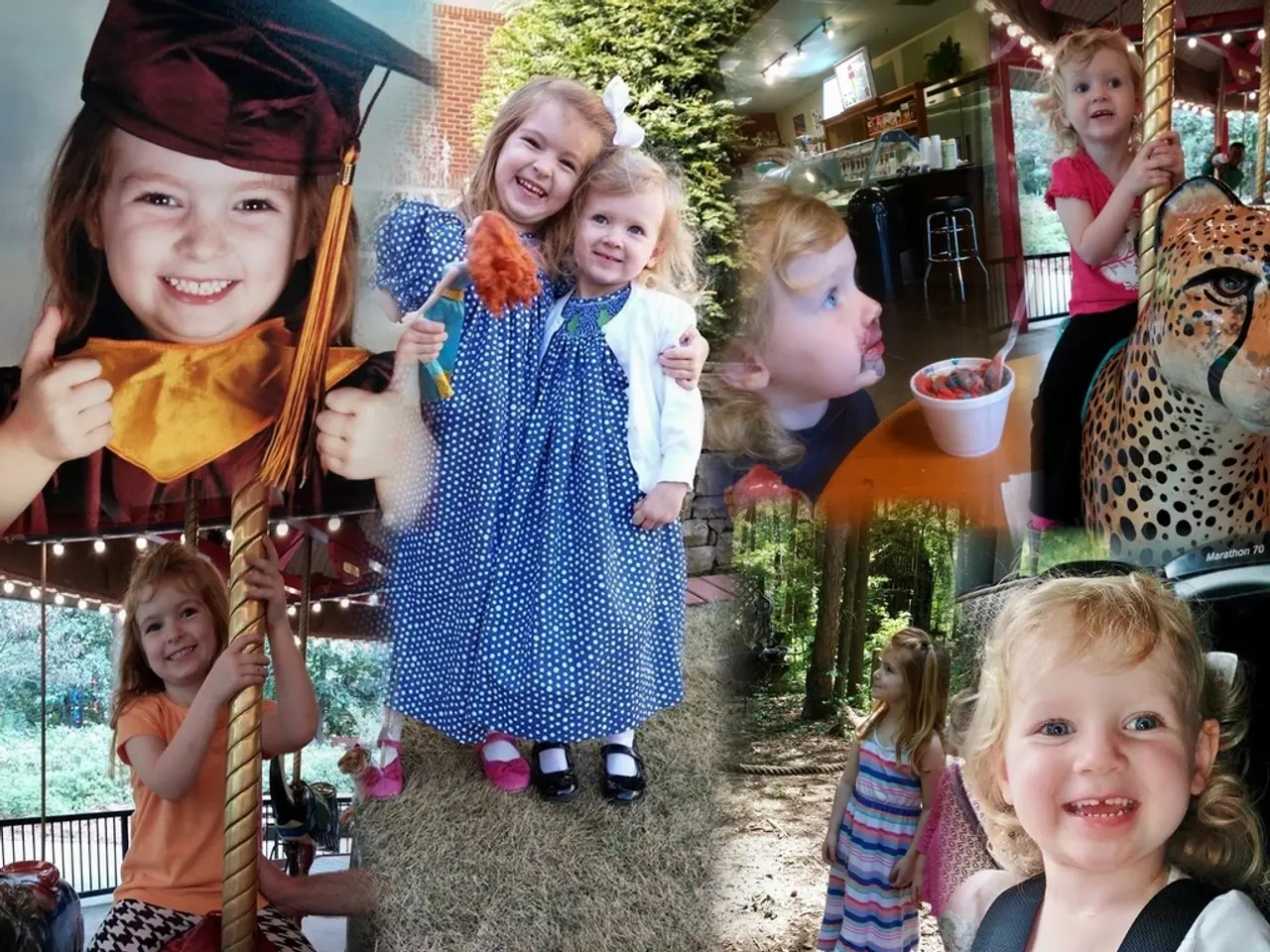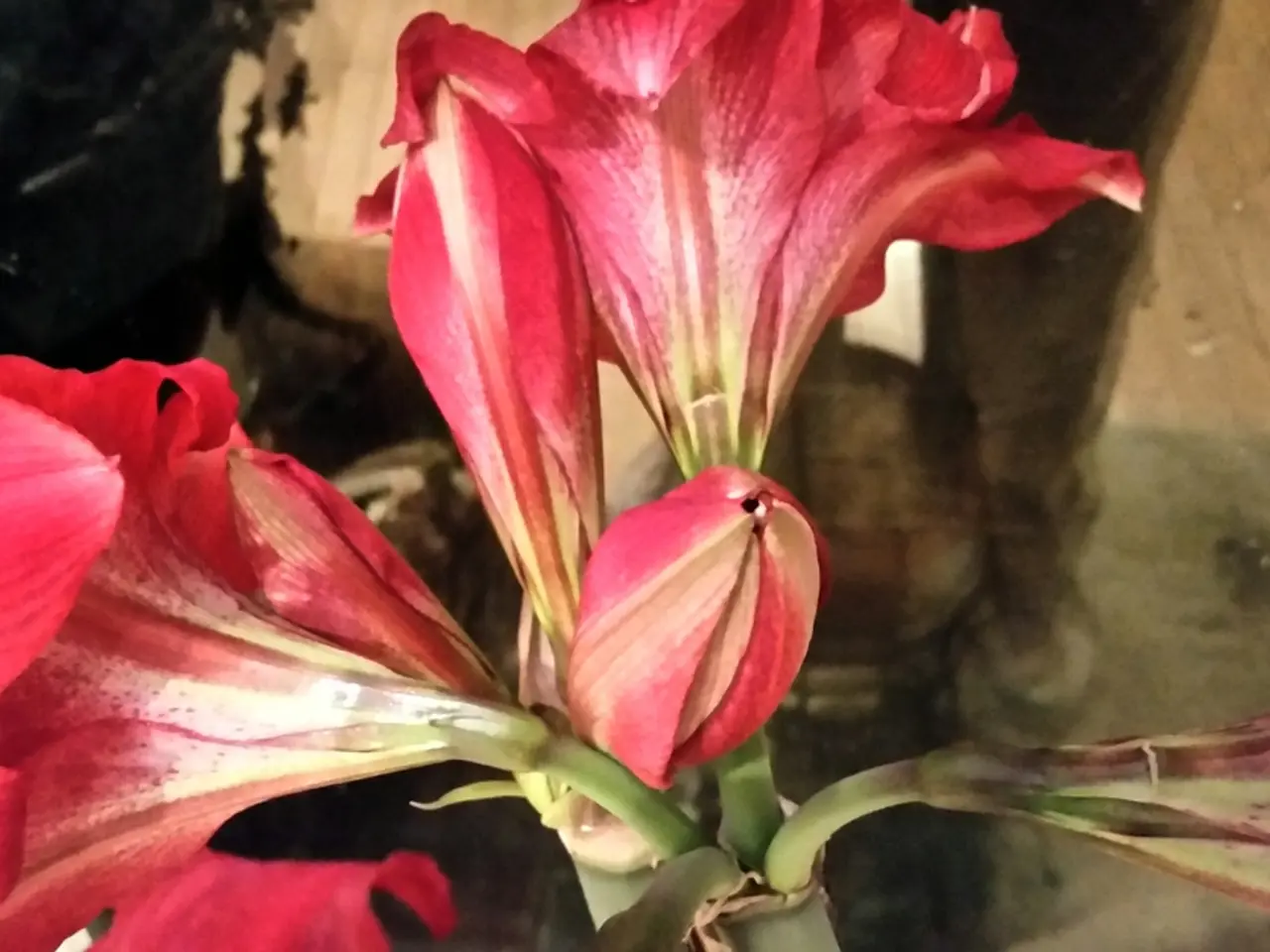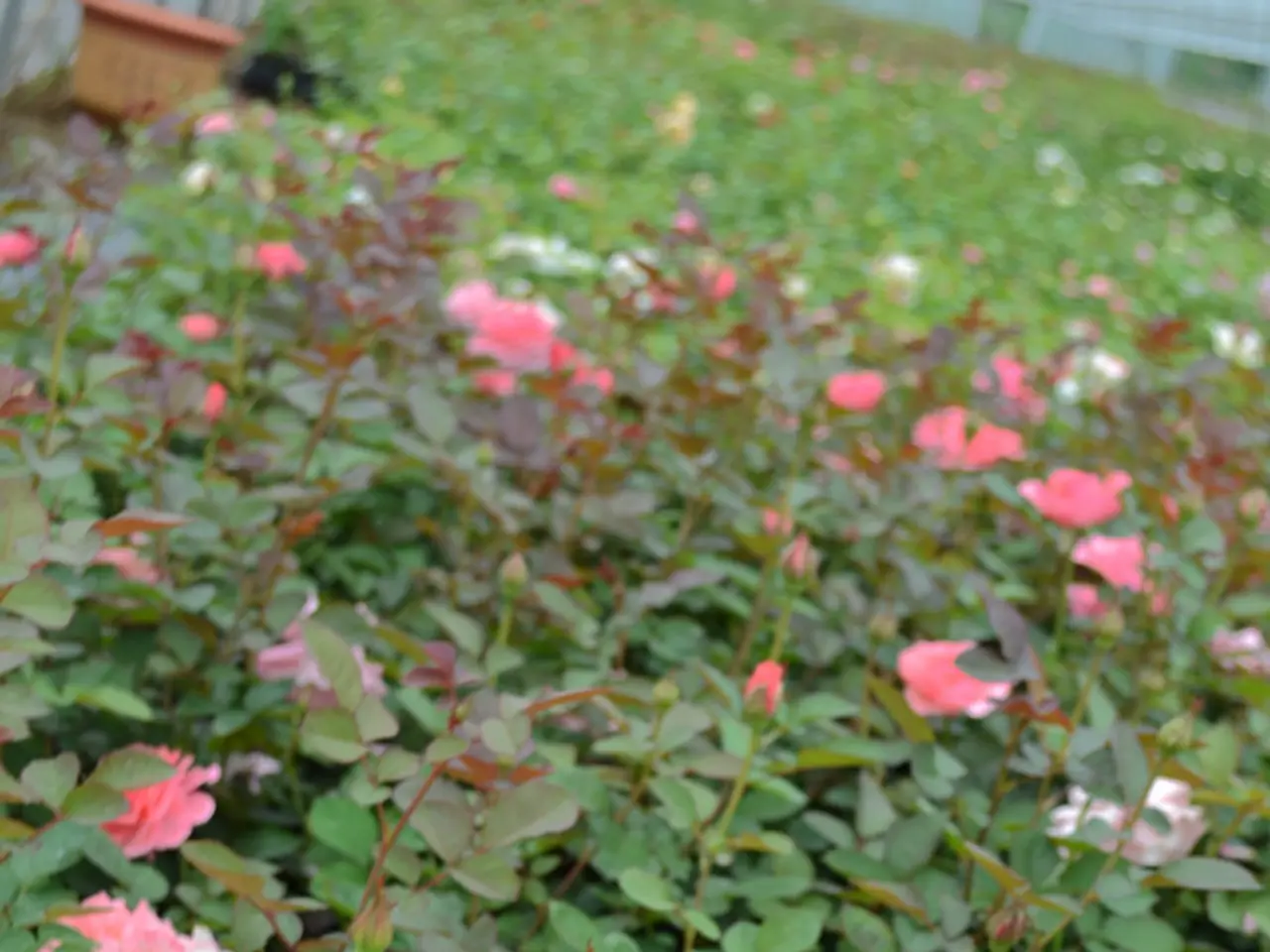Easy-to-Follow Guide on Building a Homemade Water Wheel for Children
A simple and educational DIY project for children between 2nd and 6th grade involves creating a small water wheel that spins when water flows over it. This project, suitable for school science projects or energy demonstrations, provides a hands-on experience to demonstrate basic principles of energy conversion, mechanics, and renewable energy.
Materials Needed: - Plastic bottle caps or small plastic lids - Wooden skewers or straws - Plastic spoons or small containers for paddles - Tape or glue - A wire or stick to serve as the axle
Step-by-step instructions: 1. Gather the materials listed above. 2. Attach the paddles evenly around the rim of the wheel (bottle cap or lid) using tape or glue. 3. Insert the stick or wire through the center of the wheel to act as an axle, allowing it to spin freely. 4. Position the wheel so that water can flow over the paddles—this can be done by placing the wheel under a steady stream of water from a bottle or faucet. 5. As water hits the paddles, it causes the wheel to rotate, converting the kinetic energy of water into mechanical energy.
Science Concepts Covered: - Energy Transformation: water’s kinetic energy turning into mechanical energy to spin the wheel. - Renewable Energy Basics: illustrating how water power can generate motion without electricity. - Simple Machines: understanding wheels and axles. - Force and Motion: how water force causes rotation.
This project can be made from common household items and offers a fun and engaging way to learn about energy transformation, simple machines, and renewable energy. Additionally, variations of the project can be explored, such as creating more complex wheels like a water-powered Ferris wheel for arts and crafts.
Benefits of the Project: - Demonstrates how moving water can create energy to spin a wheel. - Covers concepts such as potential and kinetic energy, simple machines, force and motion, and best science and engineering practices. - Tests how water applies force to move the wheel. - Showcases how a wheel and axle work together. - Encourages experimentation with different wheel designs and blade shapes. - Explores how water can be used as a clean energy source.
Historical Context: The concept of water wheels has been around for centuries. In the Middle Ages, water wheels were used for grinding grain, crushing rocks, and powering early machines. Today, the same concept is used in hydropower plants to create electricity, making water wheels a clean and renewable way to generate energy.
Additional Engineering Activities for Kids: - DIY Solar Oven - DIY Hovercraft - Rubberband Car - Wind Vane - Recycled Winch - DIY Kite - DIY Windmill
By engaging in this DIY water wheel project, children can gain a better understanding of the principles behind renewable energy and the potential for harnessing the power of water to create motion and generate electricity.
- This DIY water wheel project, suitable for kids between 2nd and 6th grade, is an engaging activity that introduces them to engineering concepts.
- By constructing the small water wheel, kids can learn about energy transformation, specifically how water's kinetic energy can power mechanical motion.
- Furthermore, this project provides an opportunity for kids to explore renewable energy basics, as it illustrates how water can generate motion without electricity.
- Creative arts and crafts projects can be expanded upon by developing more complex water wheels, such as a water-powered Ferris wheel.
- In addition to learning about energy and mechanics, this project covers science and engineering practices like force and motion, simple machines, and potential and kinetic energy.
- The historical context of this project also reveals its longevity, as water wheels have been used for centuries in both traditional settings and modern hydropower plants for generating electricity.
- As a bonus, this project aligns well with STEM lifestyle and home-and-garden interests, and kids can further explore engineering by participating in additional activities like DIY solar ovens, hovercrafts, windmills, and kites.




